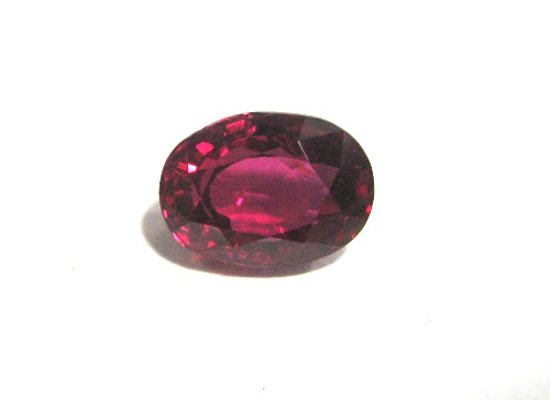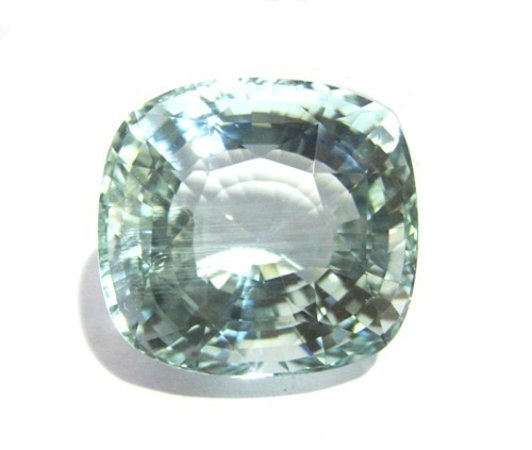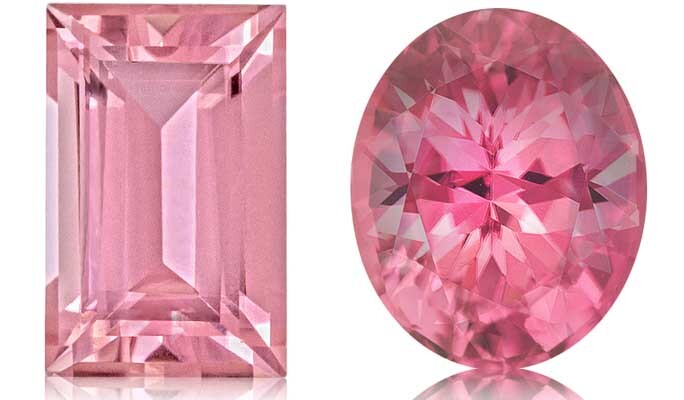Gem Mueseum
It is an excellent gemmology museum, educating one on the geological history of Sri Lanka. It also houses a shop from where you can buy gems..they have a selection of Ceylon Sapphires, Diamonds, Pearls and other gemstones and jewellery in Sri Lanka.Famous Gemstones Found in Sri Lanka :
Ruby
Considered to be the most valuable gemstone variety in the Corundum mineral species, the distinct red in Ruby is caused by the presence of chromium. The colour spectrum of Rubies found across the world varies from orange-red to purplish red. Colour is the most significant factor affecting a ruby’s value: Fine gems are pure, vibrant red to slightly purplish red.
Most Sri Lankan Ruby varieties are of a pinkish red and display a tint of purple, caused by the presence of iron in addition to chromium oxide, which is unique to its Sri Lankan origin. Ruby deposits in Sri Lanka are not distinctively localized and are found in the same mine as other gemstones of the Corundum family

Sapphire
Although blue is the colour most widely identified with sapphires, the colour of sapphires can range from blue to violet, green, yellow, orange, pink, purple, and intermediate hues known as fancy sapphires.
Sri Lanka is the top source of finest Ceylon Sapphires to the global market and exports Ceylon Blue Sapphire, Padparadscha, star sapphires, and a range of fancy sapphires to the global gem markets.
In addition to their ornamental purposes, sapphires are also used in purely functional applications, such as infrared optical components, high-durability windows, wristwatch crystals and movement bearings, and very thin electronic wafers, which are used as the insulating substrates of special-purpose solid-state electronics such as integrated circuits and GaN-based blue LEDs.

Aquamarine
Found in green-blue to blue colour variations, aquamarine crystals get a blue tone due to the presence of iron within the crystal. They are comparatively large and well-formed and the depth of sea blue colour is most intense in large specimens while the colour in smaller stones is comparatively lighter. Unlike other coloured gemstones, aquamarine’s value comes primarily from its tone rather than the hue and saturation and stones with darker tones are highly priced and sought after.

Garnet
Gemstones belonging to the family of Garnet occur in a multitude of colours except for blue and are available in several varieties including almandine, andradite, grossular, pyrope, spessartine and uvarovite. With the exception of andradite and uvarovite, all the other types of Garnets are available in Sri Lanka, with some displaying asterism, chatoyancy and a colour change when viewed under different types of lighting.
All garnets have essentially the same crystal structure, but they vary in chemical composition. There are more than twenty garnet categories, called species, but only five are commercially important as gems. Garnet types found in Sri Lanka with commercial value include

Tourmaline
Available in all the colours of the rainbow, Tourmaline also has a very complex mineral composition, which is the main reason behind its rich colour composition. Gemstones from Sri Lanka belonging to the Tourmaline species differ from yellowish-green to bright green.
One of the most important gem Tourmalines found in Sri Lanka are mixtures of Dravite and Uvite. Often brown, yellowish-brown, reddish-brown, or nearly black in colour, these species contain traces of vanadium, chromium, or both. When present in the right concentrations, these impurities produce rich green hues similar to tsavorite garnet.
While Uvite is rich in calcium, magnesium, and aluminium and Dravite is rich in sodium, magnesium, and aluminium; both forms within limestone that have been altered by heat and pressure and are fondly known as Savanna Tourmaline by gem dealers and merchants.

Topaz
A versatile species of gemstones, Topazes are available in a variety of colours and colourless forms. Often identified by the hue name, such as pink or blue topaz, some of the most expensive and rare topaz have commercial names given to them. The high values red and pink stones are known as Imperial Topaz while the terms Precious Topaz or Sherry Topaz refer to stones with a rich yellow to a medium, peachy orange colour.

Spinel
Abundant, attractive, affordable and colourful spinels are available in red, pink and blue colours and can occasionally exhibit asterism and chatoyancy. Spinel is a gemstone found in great abundance in Sri Lanka and until the rise of modern gemology in the 19th and 20th Centuries spinels were often mistakenly identified as Corundums, as they were mostly found in the same mine. Subsequent research into the mineral composition of these two gem families led to their separation and many gem enthusiasts found that their beloved rubies and sapphires are in fact spinels.
Natural spinel, however, has always been a rare and beautiful gem. Sri Lanka is the second largest supplier of spinel to the global gem and jewellery market with colours ranging from ruby red, pink, orange, shades of reddish-brown, purple, blue, bluish-green, mauve, greenish-black, black to colourless.

Cymophane
A variety of chrysoberyls displaying chatoyancy caused by the light reflecting from inclusions of tiny parallel needles or hollow tubes, cymophane are commonly known as cat’s eye.
Chrysoberyl occurs in varying degrees of transparency ranging from transparent and clear to cloudy translucent and opaque. Widely distributed within the main gem-producing regions of this country

Beryl
The Beryl family of gemstones include some of the most popular and expensive gemstones in the world including Emeralds and Aquamarines. While Red Beryls are some of the rarest and most expensive gemstones in the world, chemically pure beryl is colourless and the presence of trace elements causes green, blue, pink, red and yellow colours.
The most important gemstone of the Beryl family is Green Emerald, coloured by the presence of chromium or vanadium while the blue colour in Aquamarine is caused by the presence of Iron.

Alexandrite
Fondly known as an ‘Emerald by Day and a Ruby by Night’, Alexandrite is a type of Chrysoberyl that is rare yet abundantly found in Sri Lanka. Their ability to shift colours from red to green when viewed under different light sources makes Alexandrite a highly sought-after gemstone in the global market. A strongly pleochroic gem, which displays different colours when viewed from different directions, the three pleochroic colours of Alexandrite are green, orange, and purple-red.
However, the gem’s colour change doesn’t arise from the gem’s pleochroism, but from the mineral’s unusual light-absorbing properties. Although most Alexandrites found in Sri Lanka can be faceted, there is an occasional occurrence of colour-changing alexandrite cat’s eye.

Popular Tourist Attractions Ticket prices